Professional Nursing Philosophy and Standards
VerifiedAdded on 2022/10/12
|5
|1343
|346
AI Summary
This document discusses personal nursing philosophy and professional nursing standards. It explains the importance of nursing standards in providing safe and quality nursing practice. The document also highlights the need for nurses to embody professional disposition and engage in person-centered care. The nursing standards formulated by the NMBA are discussed in detail, with a focus on Standard 6, which emphasizes the provision of responsive quality, appropriate, and safe nursing practice. The document also stresses the importance of evidence-based practice and the use of relevant guidelines, policies, legislation, and regulations to avoid legal complications in patient treatment.
Contribute Materials
Your contribution can guide someone’s learning journey. Share your
documents today.
1 out of 5
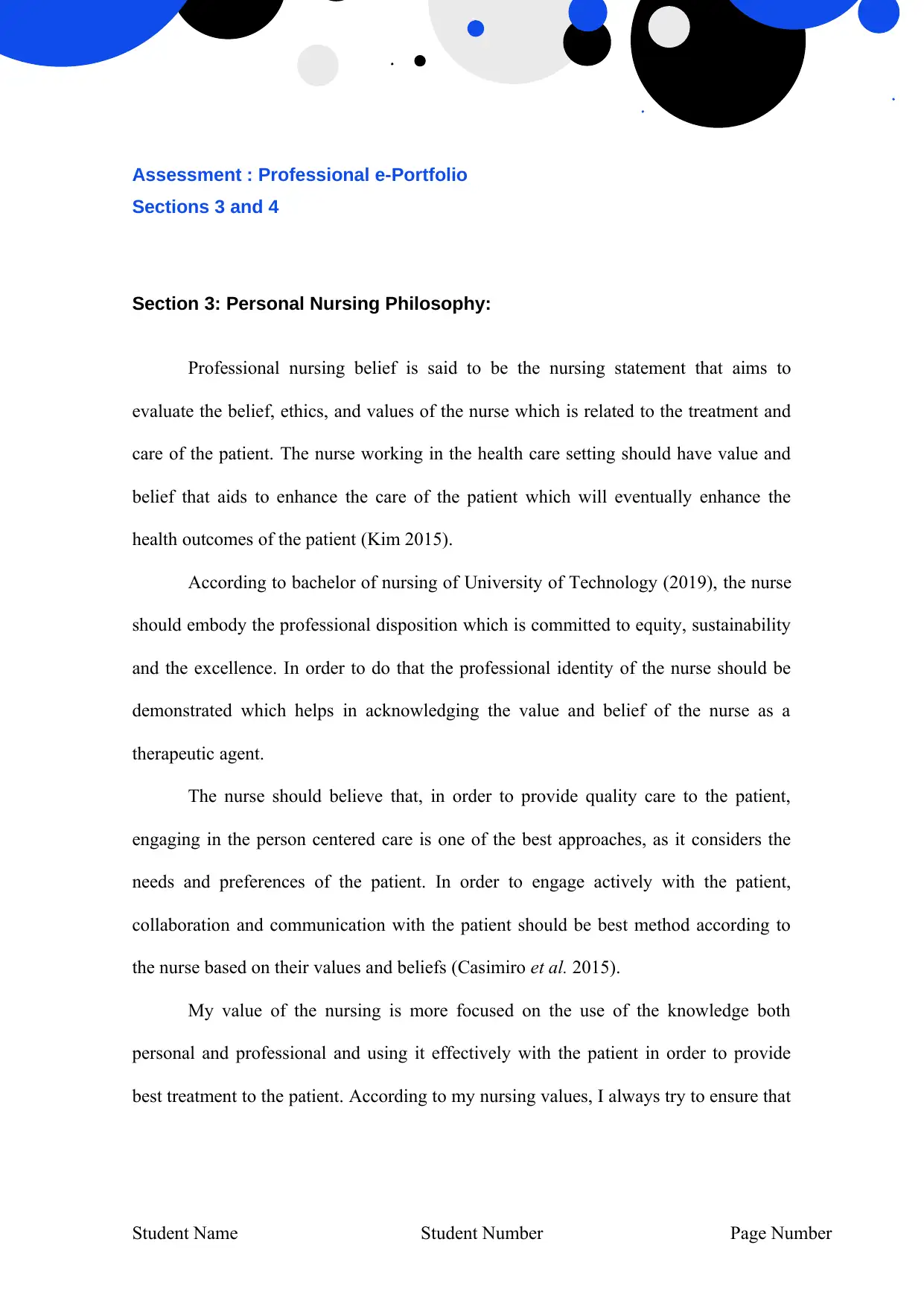
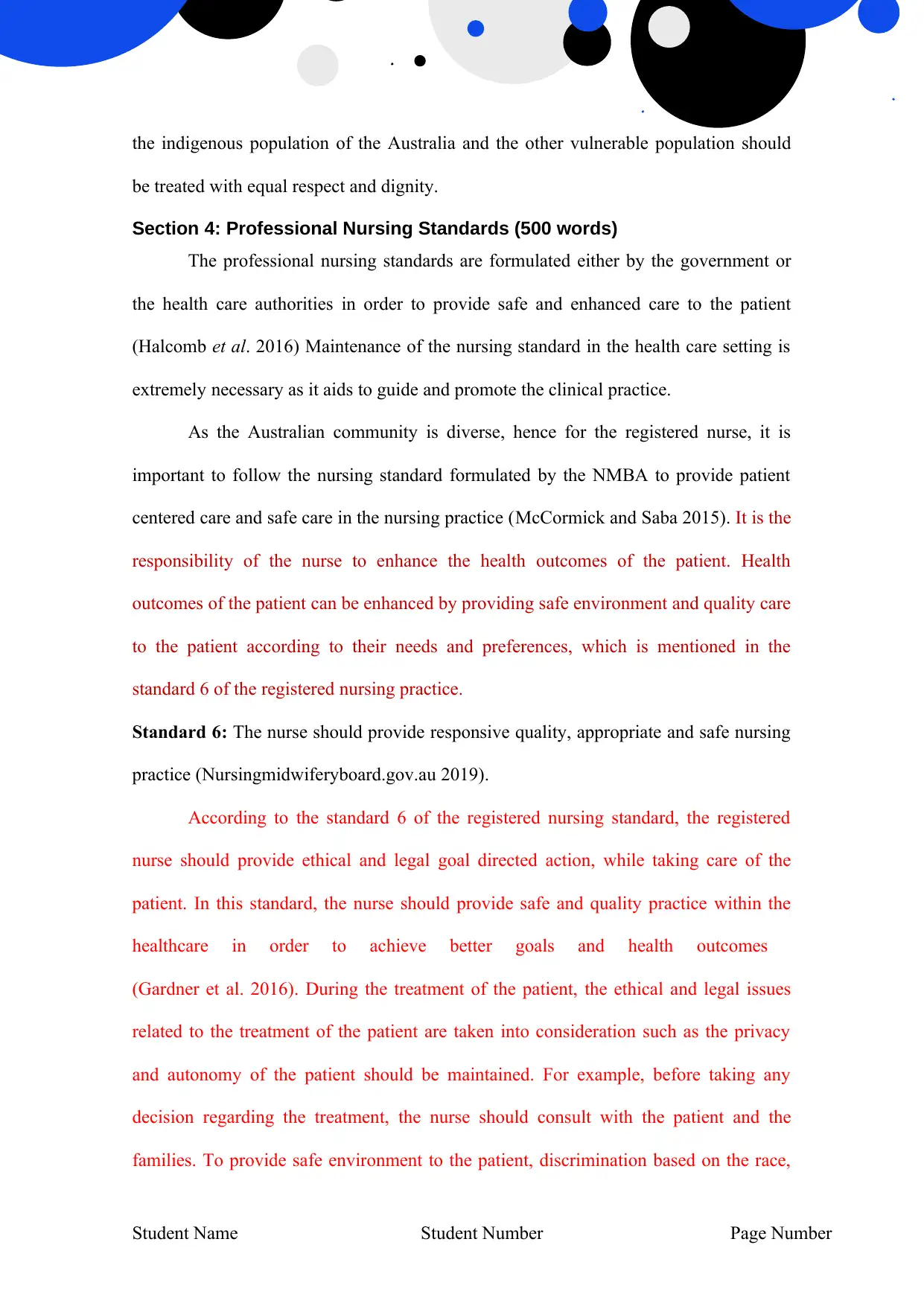
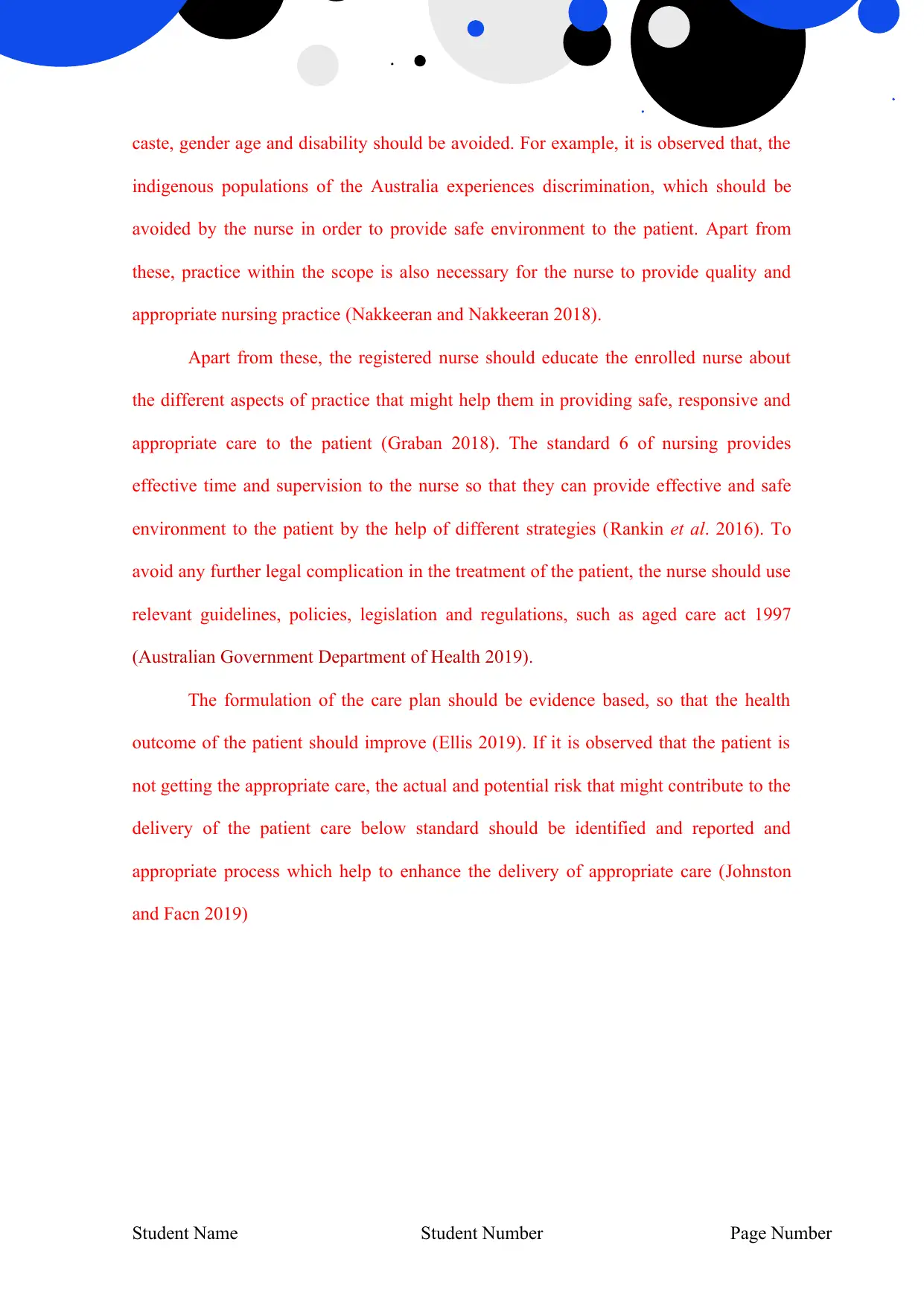
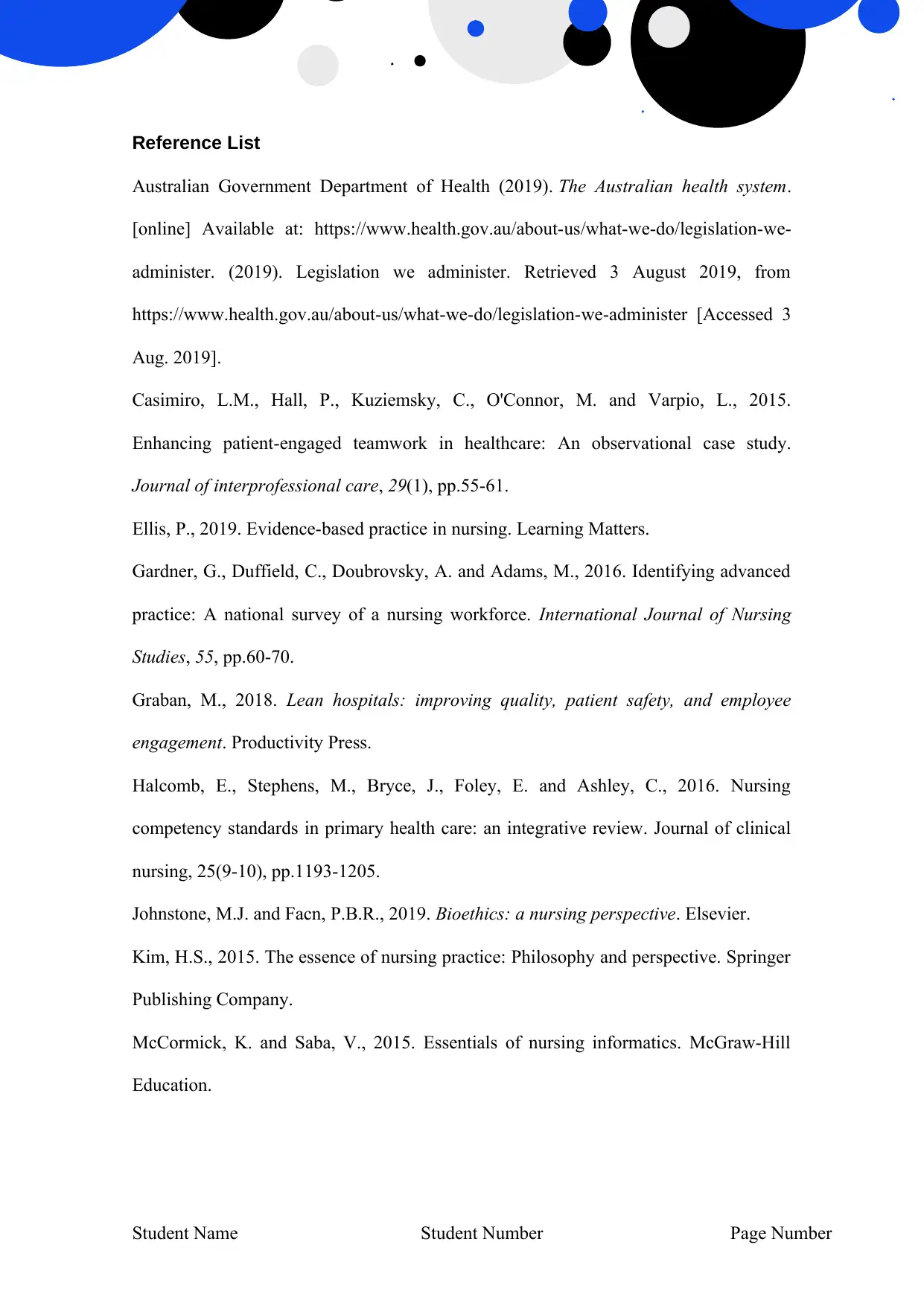
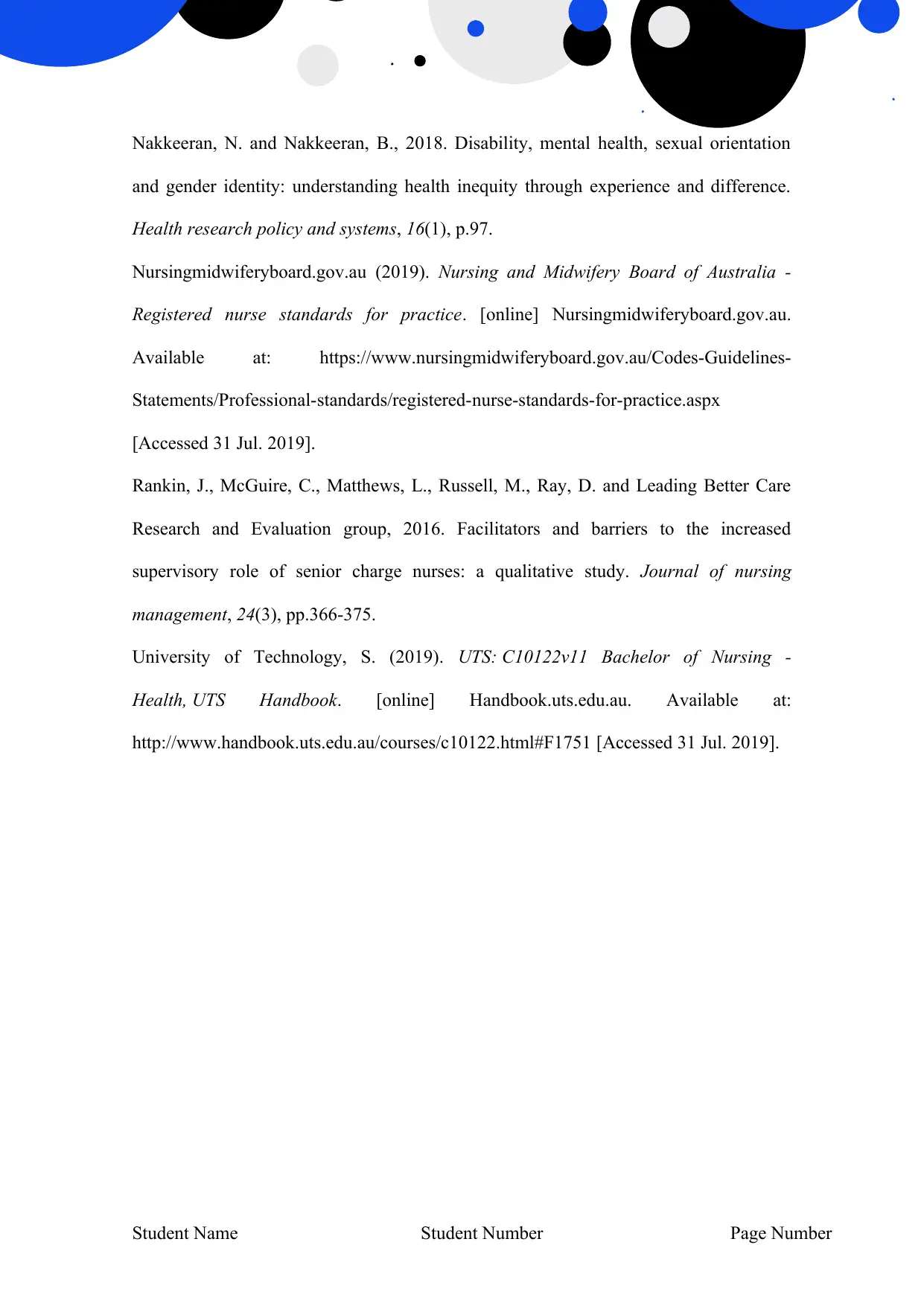





![[object Object]](/_next/static/media/star-bottom.7253800d.svg)